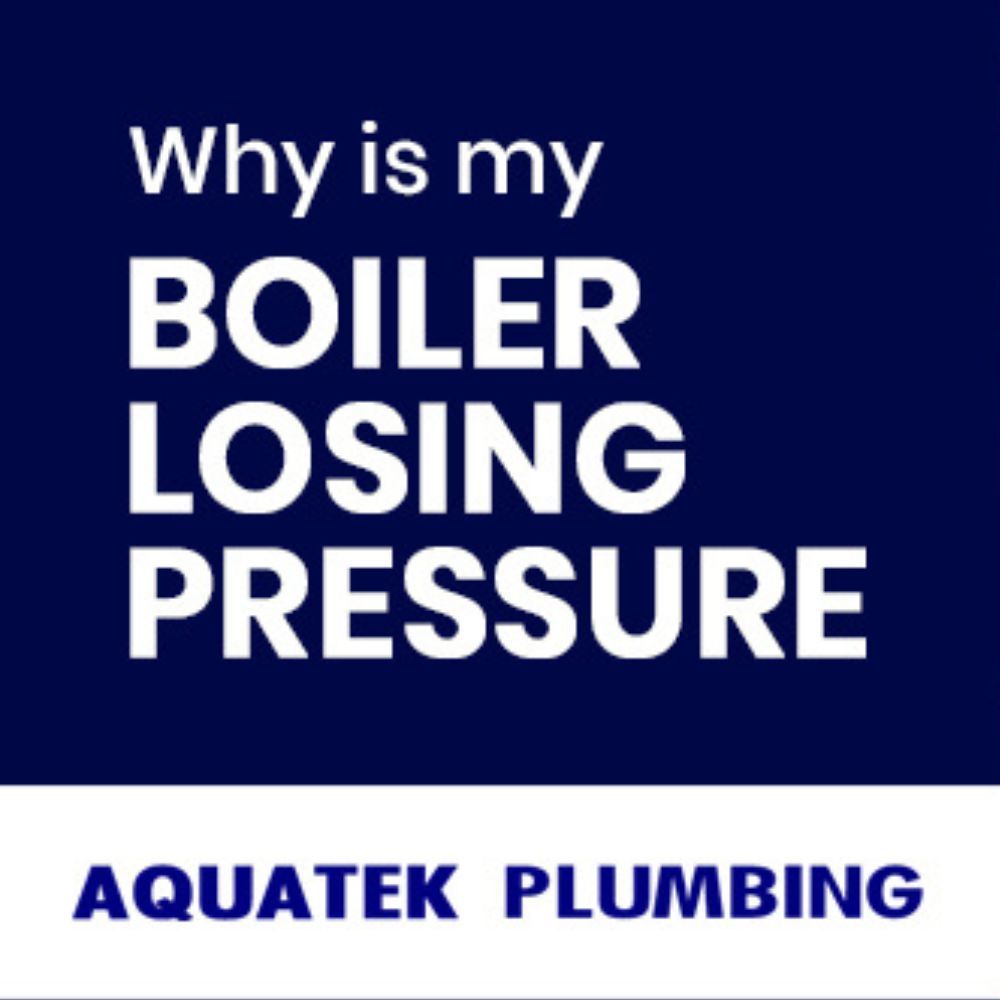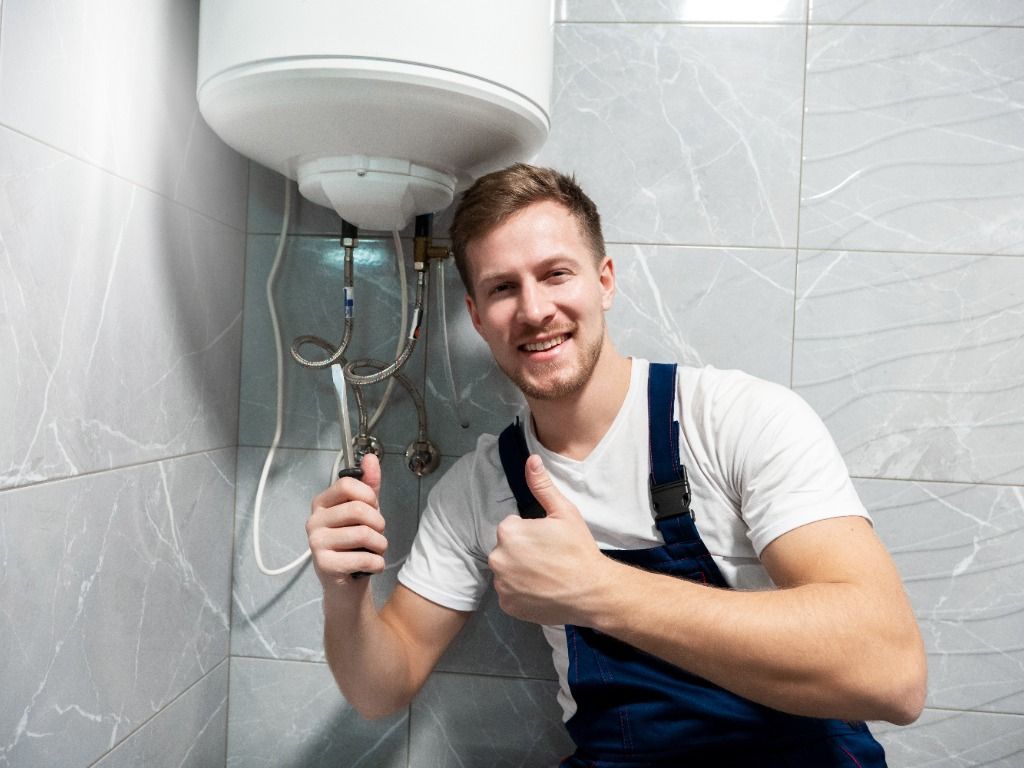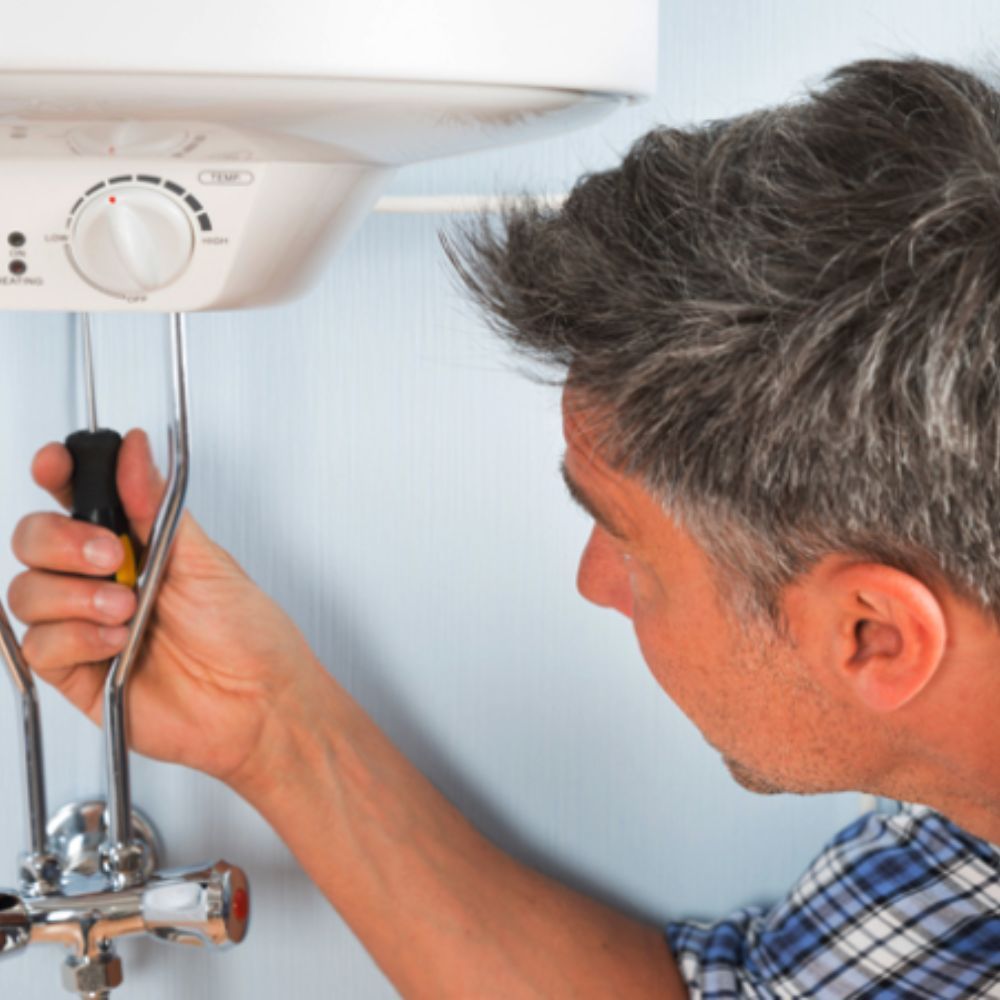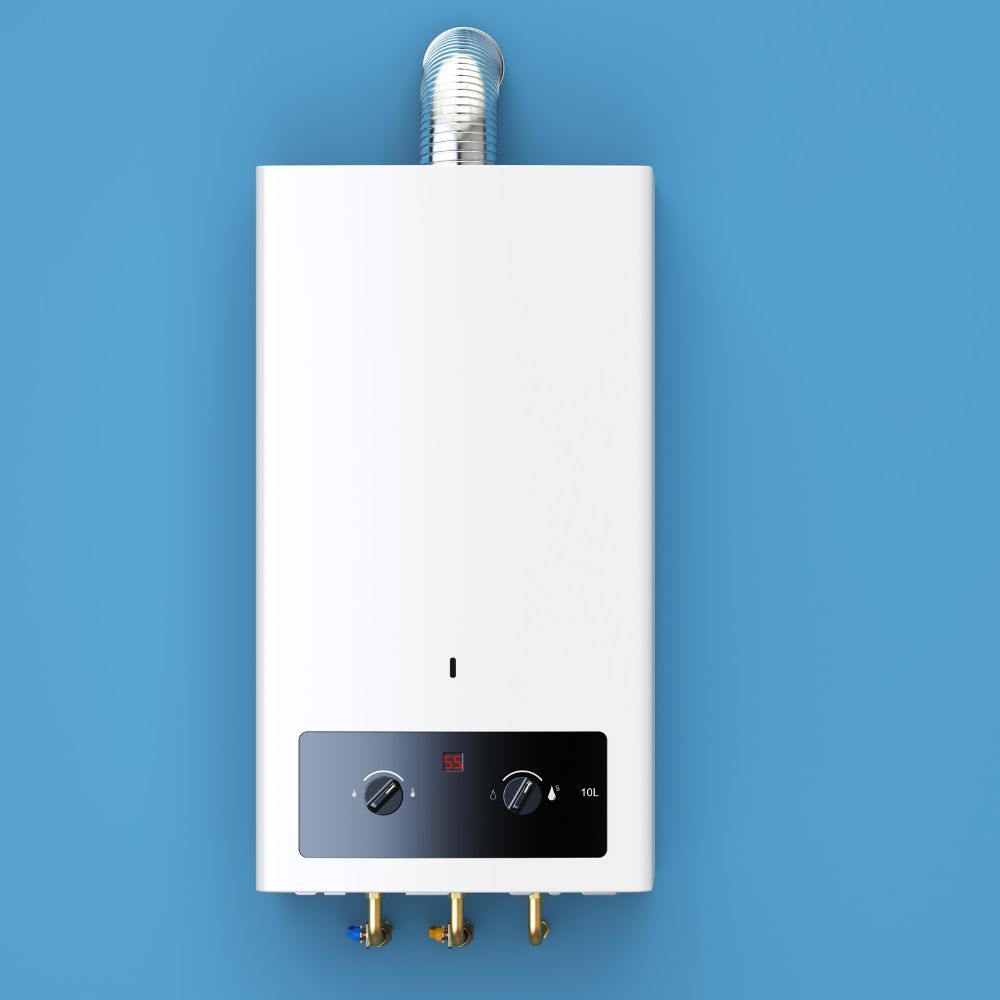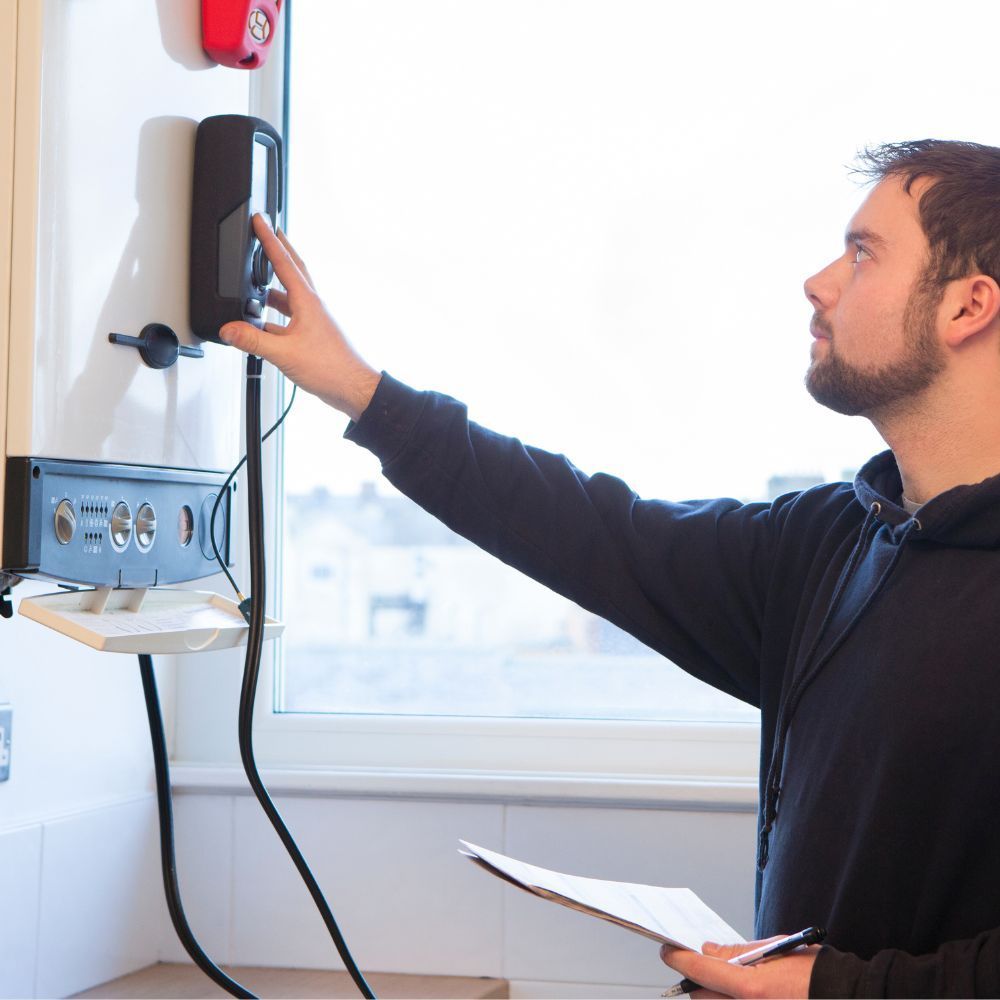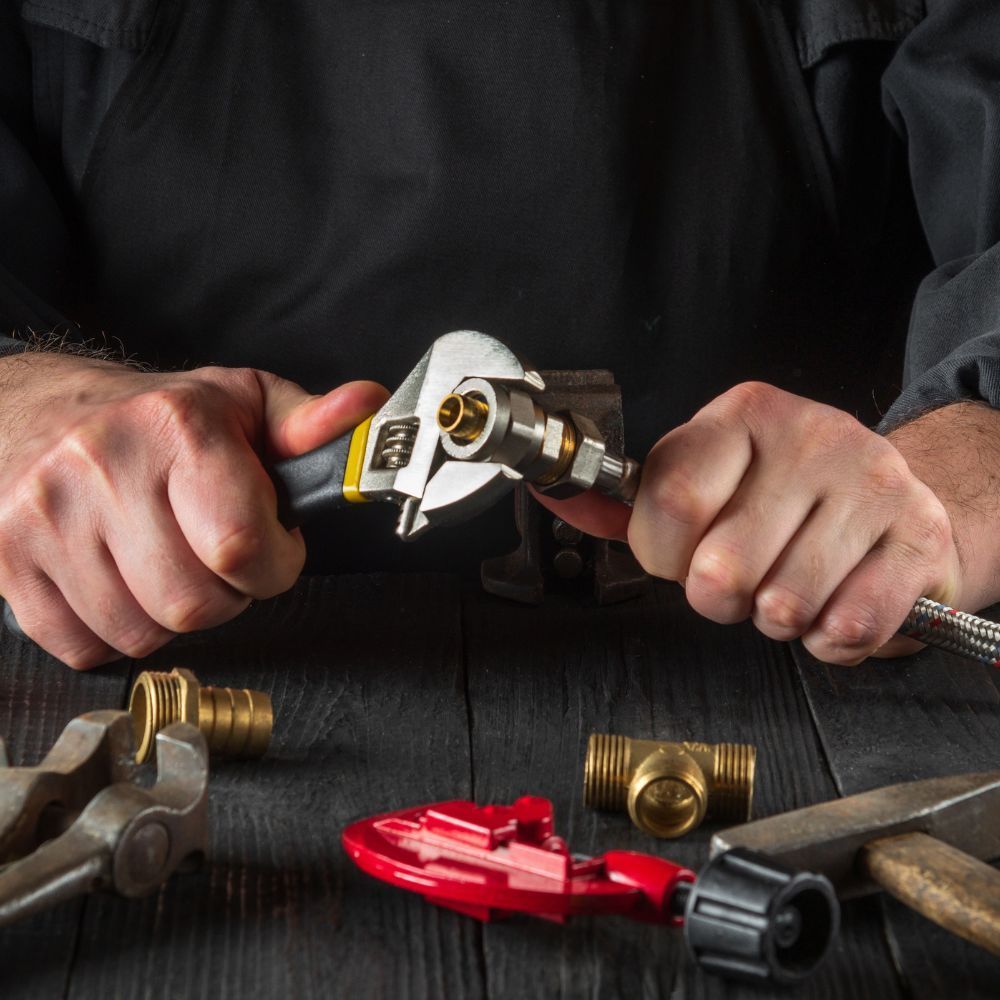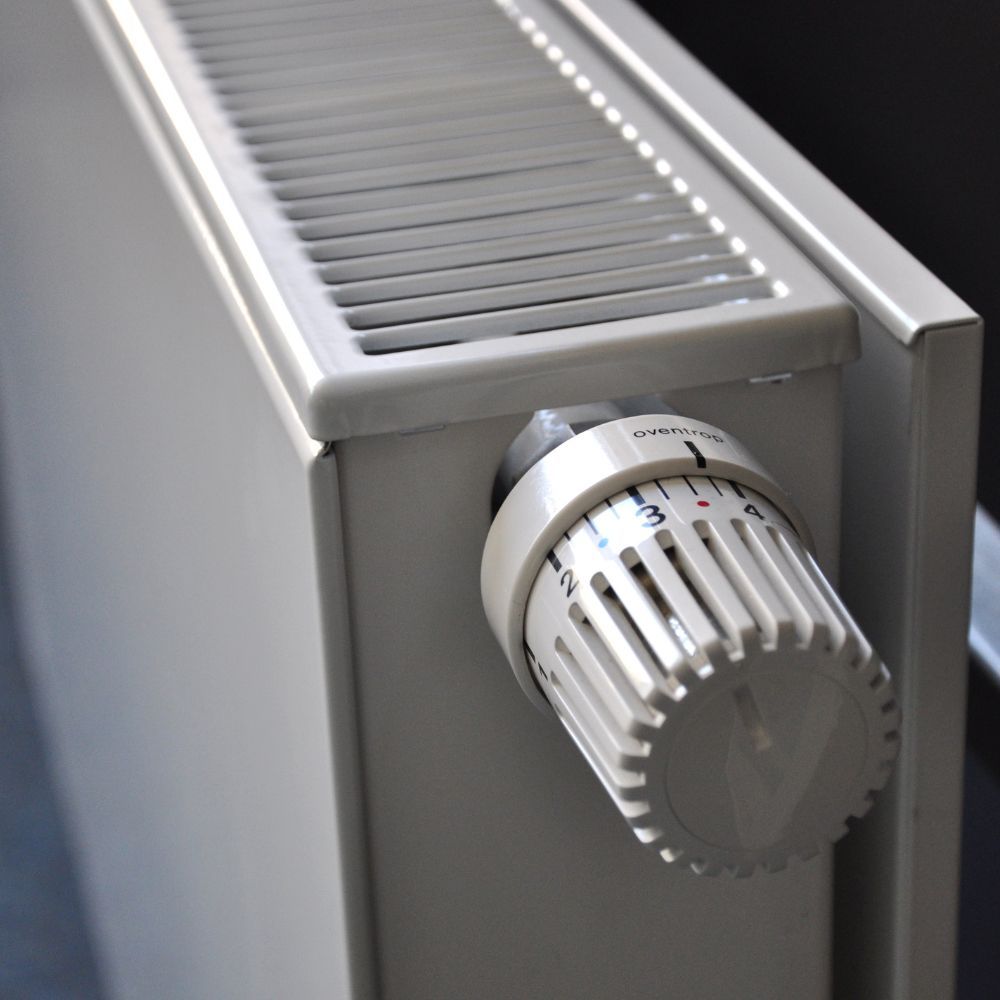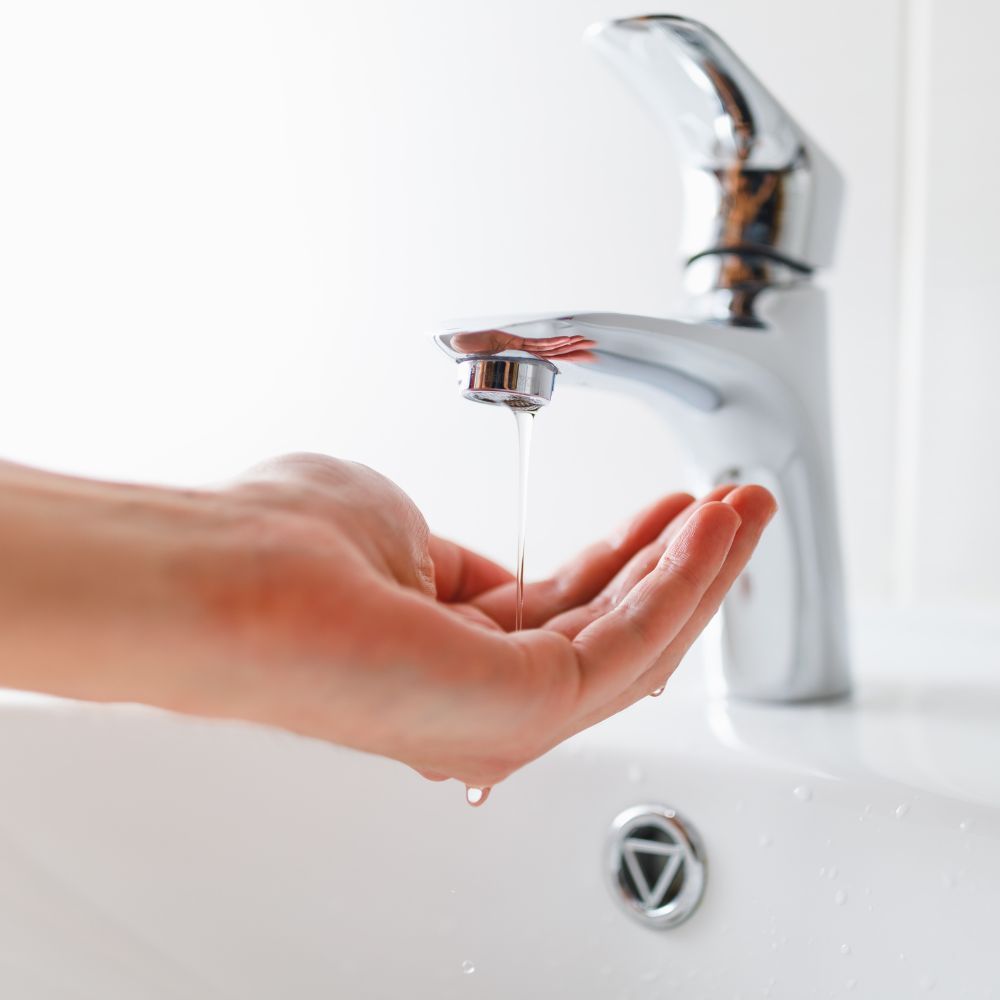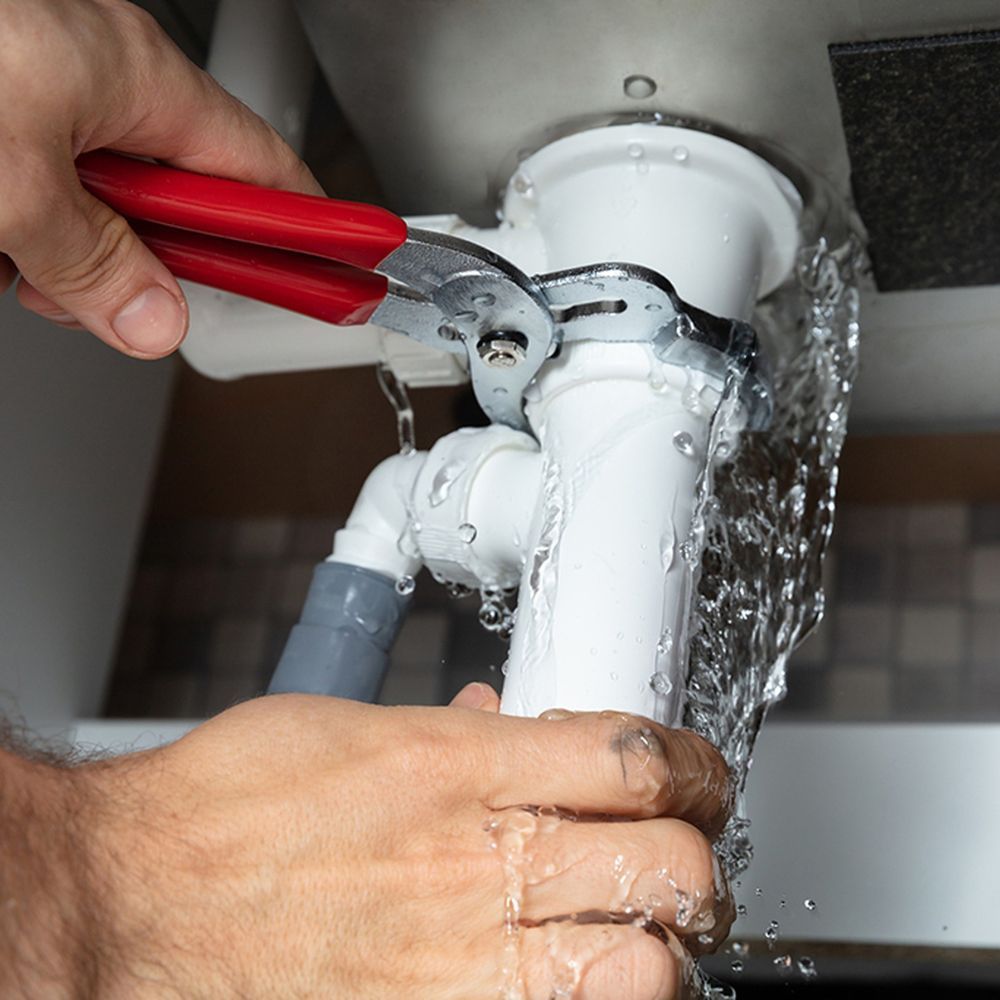How to Drain a Central Heating System
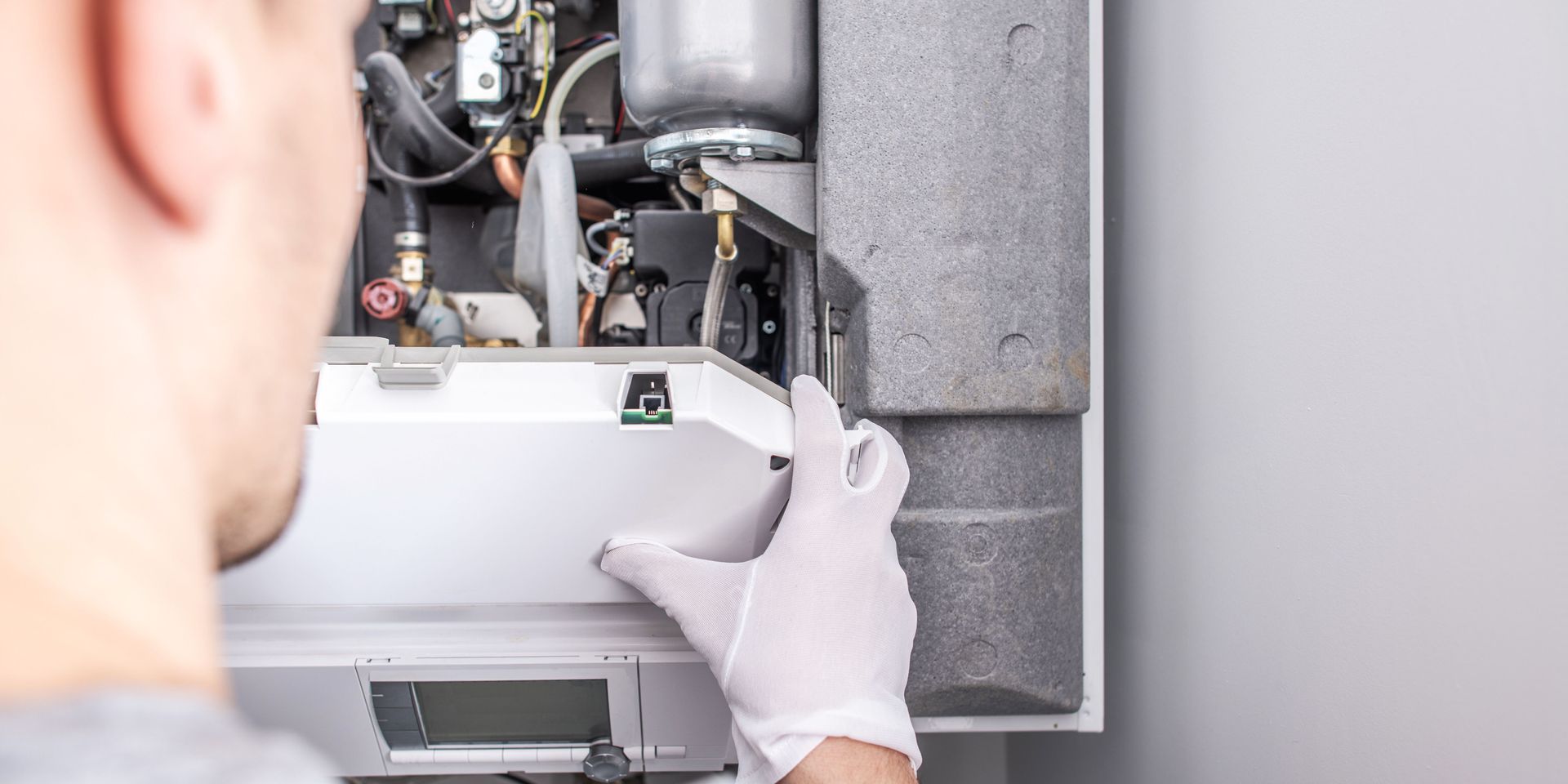
To keep your central heating system in good working order, you’ll need to maintain it properly. Unless you look after your central heating system, the system is unlikely to function as it should. Occasionally your central heating system will need to be cleaned and drained. Perhaps you’re not sure how to drain a central heating system? If you’re looking to learn, this central heating guide can help.
First of all, it’s important to understand that there are several different types of central heating system.
Types of central heating systems
1 . Conventional Central Heating Systems
Many homes are fitted with a conventional central heating system; these systems tend to rely on gravity. A conventional system is built with a water tank that’s positioned at height (for example in a high cupboard, a top floor, or in the attic). The system works because gravity moves the water downward, using a natural process, as opposed to artificial pressure.
Generally, you’ll find conventional central heating systems in older homes. The issue with these systems is that they are built with pressure limits, and it’s difficult to increase these pressure limits. Conventional central heating systems tend to waste energy, so it’s rare that you’ll find these in a newer home.
2 . Pressurised systems
Pressurised heating systems use a water cylinder to heat the mains water. The cylinder is like a small tank, and you can place it pretty much anywhere inside your property. Pressurised heating systems do tend to be expensive, and you’ll need to perform regular checks on these central heating systems. One of the best things about a pressurised heating system is that they are incredibly efficient.
If you have a pressurised heating system, you’ll need high mains pressure to keep the system functioning. When you have a pressurised system, you can use multiple appliances without experiencing pressure drops.
3. Combi Boiler Systems
Combi boilers are considered the most efficient type of boiler. These new central heating systems retain pressure and are helpful to save energy. When you use a combi boiler system, you won’t need to use a water tank, which helps save space in a smaller home. Combi boiler systems are the most common type of boiler system for a modern home.
4. Electric central heating system
As the name suggests, electric central heating systems are boilers that are powered by electricity. These systems do not use a traditional boiler; all you have to do is plug them in. There are several benefits of using an electric system:
- Less expensive running costs.
- Simple installation.
- Improved energy efficiency of your home.
Central heating system diagram
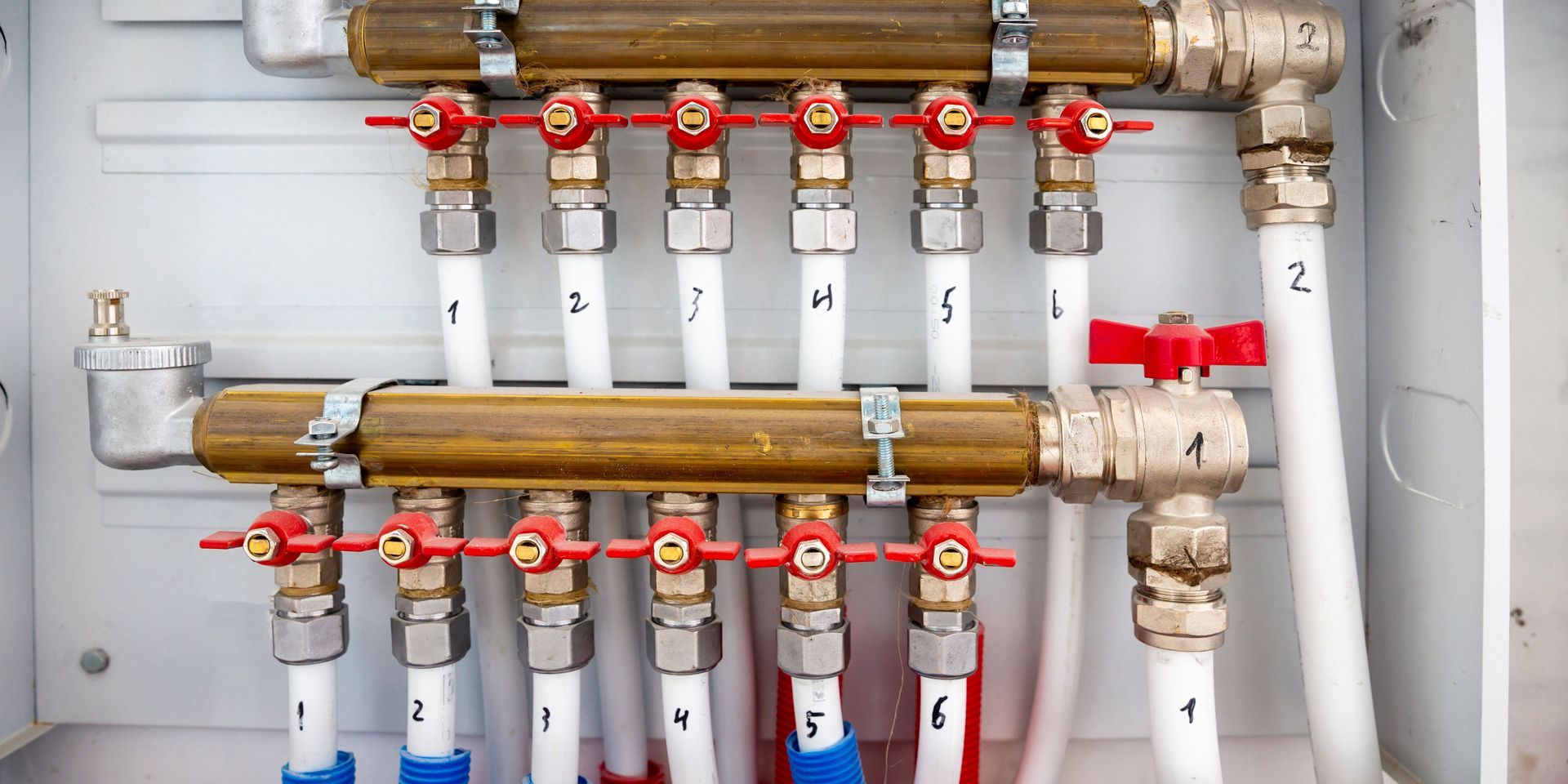
Sometimes referred to as a ‘combi boiler’. A few of the key benefits of having a combination boiler system include:
- These are compact (meaning they are ideal for small houses or flats).
- You don’t have to worry about the pipework freezing in the loft.
- The central heating system pressure remains consistently high.
Gravity-fed heating systems are also known as conventional heating systems. As previously mentioned, these are usually found in older homes and tend to be less energy efficient. The flow relies on gravity, and so the water pressure isn’t always great. This type of house heating system needs an expansion tank and a tank for cold water storage. Both tanks are usually installed in the loft.
A pressurised boiler system is a high-performing system; however, you can expect to pay more compared to a combi boiler system. Unlike a combi system, these boilers do rely on a hot water tank.
How to drain a central heating system
Step 1: Turn Off The System
The first step is to make sure that your central heating system is switched off. Before you begin draining the system, you should ensure that the pipes and the radiators have completely cooled down.
Step 2: Extinguish the fire
Does your boiler have a solid fuel fire? If so you’ll need to put this out, and then wait until your boiler has turned cold.
Step 3: Turn off the water supply
Next, you should turn off the water supply that’s connected to your boiler. Doing so will stop the water from entering the unit while you’re working on the system. Look for a stop tap; if you can’t locate one, find the ball valve and tie it up to the wooden latch (this should be located on the cistern, at the top).
Step 4: Locate the drain-off valve
Now you’ll need to locate the drain-off valve; this should be on one of your radiators, usually a radiator on the first floor of your property. The drain valve should be at the bottom of one of your radiators. Take a garden hose and attach it to the outlet. You can use the hose to run the water outside. Use a clip to keep the hose pipe secure and ensure that it doesn’t fall off.
Step 5: Bleed the radiators
Next, open up the bleed valve; this will allow the water to run through the system. Begin by working on the radiators nearer the top of your property; this will mean that the water runs faster. After approximately 15 minutes, you can also open the valves on your downstairs radiators.
If there’s any air trapped in the system, this may stop the water running. If this happens, you can fill your tank.
Step 6: Open up the drain valve
When you’re draining a central heating system, you’ll need to open up the drain valve and let out the water. All of the radiator valves should be open. Go to the valve that’s attached to the hosepipe and use this to drain down the central heating. The procedure should take approximately 30 minutes to one hour. If you open all the radiator bleed valves, this should make the process quicker.
Step 7: Refill the system
Once the process is complete, you’ll need to fill up the central heating system once more. First, close the valves that you opened before, and close the radiator drain cock. When you’ve filled up the tank, you should bleed the radiators downstairs also. Adding an inhibitor can help you to prevent limescale build-ups and limit corrosion. Next, tighten up all the valves and then turn on your power supply. Once the system heats up, you should bleed the radiators once again. Check the valves and joints, and make sure there aren’t any leaks.
Why do I need to drain my heating system?
Draining down your central heating system will help you to maintain the efficiency of your boiler and avoid any issues. You might need to drain your central heating system if you’re changing your radiators, fixing a leak, or removing limescale and sludge.
How do you drain a central heating system without a drain valve?
Perhaps your radiators do not have a drain-off valve? If this is the case, you’ll need to take a slightly different approach. First, you’ll need to make sure that you have the following items:
- A speed fit tap.
- An adjustable spanner.
- A pair of pliers.
- A hosepipe.
- Towels.
- A large bucket.
Step 1: Switch of the system and the water supply
The first thing to do is to turn off the central heating system and then let the radiators cool down. If your property has a conventional boiler, you’ll need to isolate the water before you turn the boiler off.
Step 2: Separate the system and the radiator
The next step is to separate the central heating system and the radiator. To do this, you can close the valves that are located on the ends of the radiators. At one end of the radiator, you’ll see a thermostatic radiator valve; once you’ve located the valve, you can turn it clockwise. At the opposite end, there should be a lockshield. When you find this, take off the plastic cap and use the pliers to close this valve.
Step 3: Bleed the radiators
Bleeding the radiators will help you to drain your system faster (make sure that you let out all the air).
Step 4: Loosen the nuts
At this stage, you’ll need to loosen up the union nuts. Go to the TRV end of the radiator, find the coupling nut and release it. Position the old towels and the bucket underneath; this will help you to catch spilled water. Next, take the adjustable spanner and turn the nut in an anti-clockwise direction. Now the water will start flowing out.
Step 5: Drain the system
Ensure that the radiator valve is switched to ‘off’, attach the hose, and use this to drain the system. (To attach the radiator and the hose you’ll need a speed-fit tap).
Contact Aquatek Today
If you’d like to learn more about draining your central heating, contact Aquatek today.
Aquatek Plumbing offers a wide range of services including boiler service and repair, bathroom fittings, power flush, central heating, and more. Whether you’ve got a gas central heating system, an oil central heating system, or an electric system, Aquatek can offer the best maintenance support.
